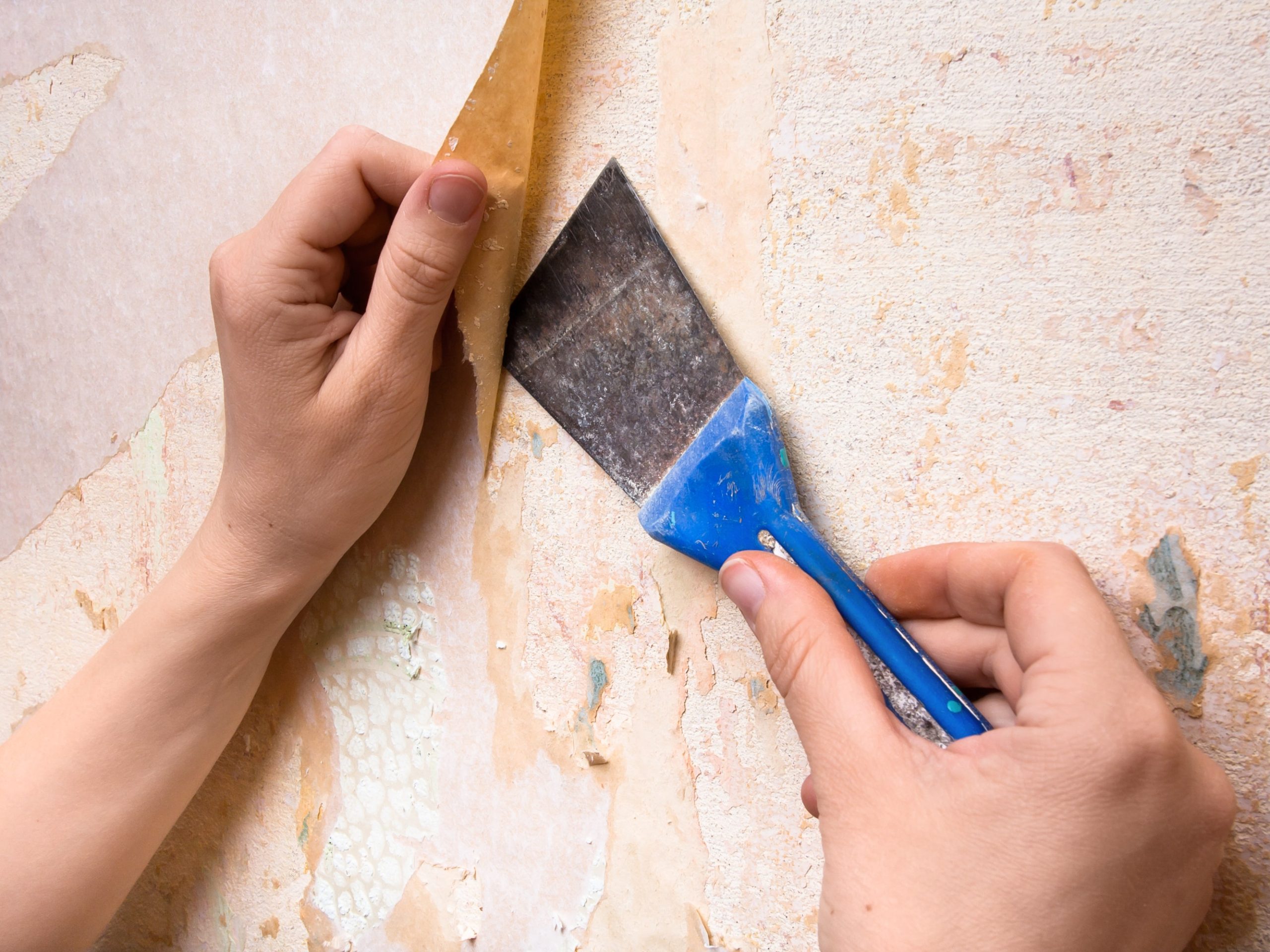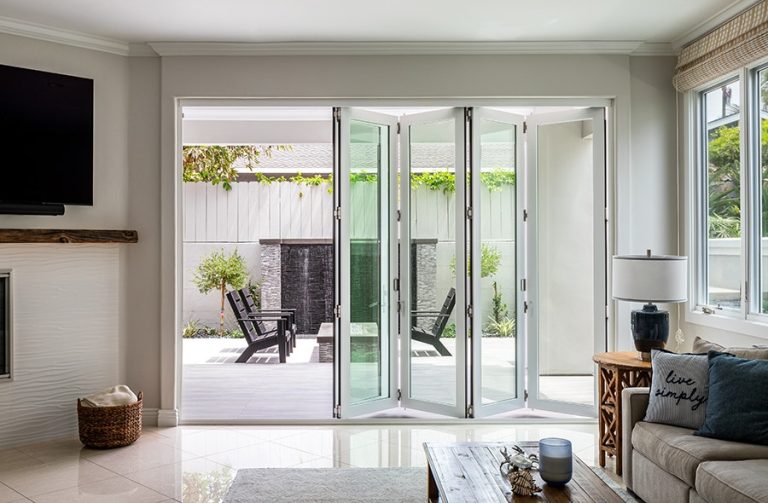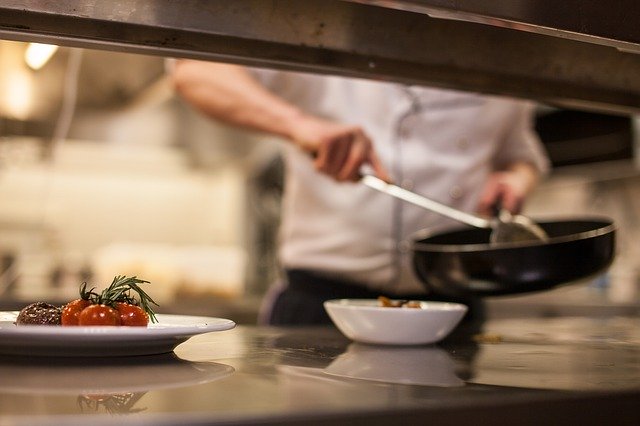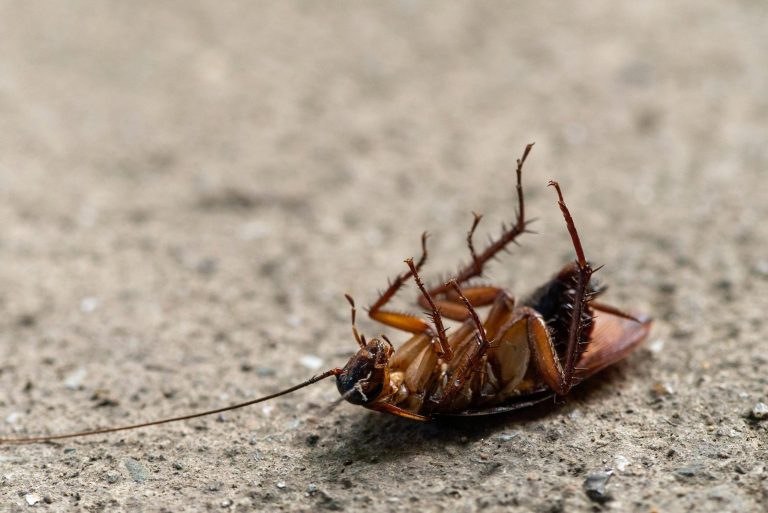
There are so many decisions to make while decorating your house even the wallpaper glue can stress you out, you now have to decide how you’re going to glue the paper to the wall. Allow our wallpaper adhesives buying guide to assist you in making your decision.
Do you like to renovate frequently? Are you in your everlasting home, or can you let the next residents redecorate? If you intend to remove the wallpaper in the future to redecorate, the type of glue you use will be affected, as some are easier to peel than others.
What material are you looking to paste?
The material of wallpaper you choose will also influence the sort of adhesive you choose. If the paper is printed, textured, or flocked, apply the appropriate type and strength of adhesive. Some wallpaper makers will advise you on the sort of glue to use; if they do, it is best to follow their recommendations.
The kind of wallpaper you choose will also influence the glue you choose. If the paper is printed, textured, or flocked, apply the appropriate adhesive type and strength. Some wallpaper makers will advise you on the best sort of glue to use; if they do, it is best to follow their recommendations.
Size of the Glue
If you are papering a freshly plastered wall, you must first prepare the wall. Glue Size (also known as primer or sealer) seals and primes the fresh plaster, preventing it from absorbing adhesive and making the surface simpler to paper on.
If you don’t do this, the glue will most likely be absorbed by the porous new plaster and the paper will not adhere. You can buy specialist Glue Size products, or you can dilute various wallpaper glue to do the same thing – check the directions on the packet for sizing’ specifics.
Cold Water Paste
Cold water pastes are available in powder form and must be mixed by hand. These pastes are created from a starch-based powder such as wheat. The hardest part of making the paste is getting the consistency just right.
If it is too watery it will pour all over the place and won’t stick to the surface, but it won’t stick even if it is too thick as it will form lumps. Water-based pastes, on the other hand, have the advantage of taking the longest to dry, giving you more time to fix mistakes.
Cold water paste can be combined to various strengths based on the weight of the paper and is suited for most types of wallpaper. It is also one of the simplest adhesives to remove because it is water-soluble.
All-Purpose Paste
All-purpose glue has been developed for use with any type of paper and is available in powder or ready-mixed form. To combat mold growth, these pastes frequently contain a fungicide.
If you’re papering a kitchen or bathroom, ensure the adhesive you use contains a fungicide. If you are using a more upscale, hand-printed paper, check to see what type of glue is appropriate, as some may interfere with the printing ink.
Extra strong paste
Heavy-duty adhesives are almost certainly vinyl-based. This sort of glue dries faster, so you don’t have to worry about heavy, high-quality wallpaper coming off the wall before the paste has had time to dry. If you’ve picked a high-quality, thick paper, use a heavy-duty glue. Vinyl glue is significantly more difficult to take off than cold water paste.
Lastly
Consult a nearby interior designer or your contractor before opting out for any wallpaper glue and the material that will benefit the design and the overall appeal.







